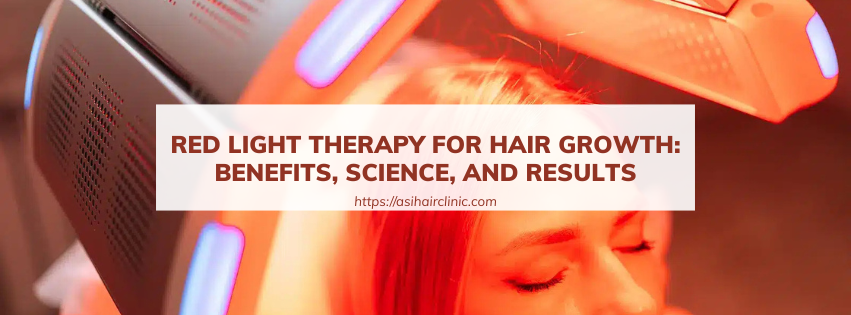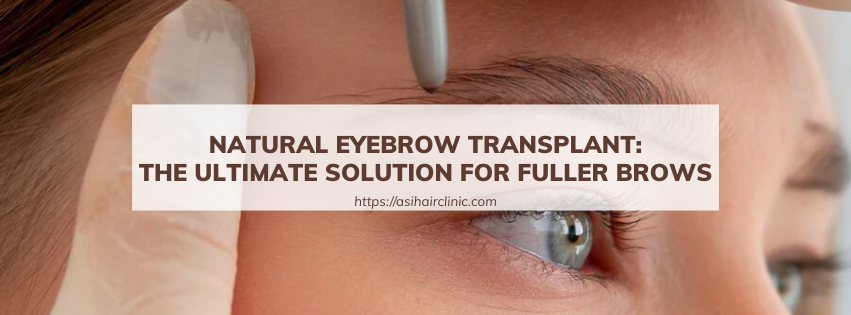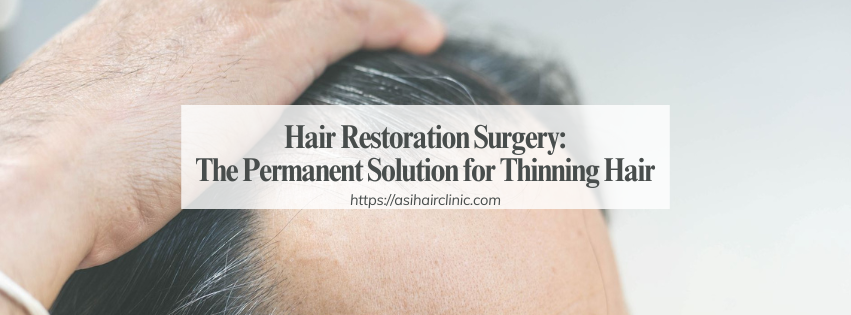How much does FUE Hair Transplant Cost?
Hair loss is a pressing issue that plagues millions of individuals across the globe, affecting not just their appearance but also their self-esteem and overall quality of life. The yearning for a full head of hair has led to advancements in medical technology, with Follicular Unit Extraction (FUE) hair transplants emerging as one of the most sought-after solutions. However, before embarking on this transformative journey, it is crucial to understand the associated costs involved. This comprehensive guide delves into various factors influencing FUE hair transplant cost, enabling you to make informed decisions.
1. Factors Influencing FUE Hair Transplant Costs
The cost of an FUE hair transplant can vary widely based on several factors. Understanding these factors will help you gauge what to expect financially when considering this procedure.
Contrary to the notion of a standardized pricing model, the reality is far more complex. Each patient's needs are distinct, dictated by personal circumstances, hair loss severity, clinic reputation, geographic location, and other elements.
1.1. Extent of Hair Loss
The extent of hair loss is arguably the most significant factor in determining the cost of an FUE hair transplant. A patient who is experiencing mild thinning may only require a few hundred grafts, while someone grappling with extensive balding could need thousands.
When evaluating the number of grafts required, healthcare professionals will assess the density and pattern of hair loss. More extensive cases necessitate longer operating times, increased resources, and thus higher fees. In this light, understanding your condition objectively can aid you in planning financially and setting realistic expectations.
Moreover, it’s essential to consider that each graft contains multiple hair follicles. As such, estimating the total number of individual follicles required to achieve your desired outcomes is equally important. The varying degrees of baldness directly correlate with the overall financial investment you’ll need to make.
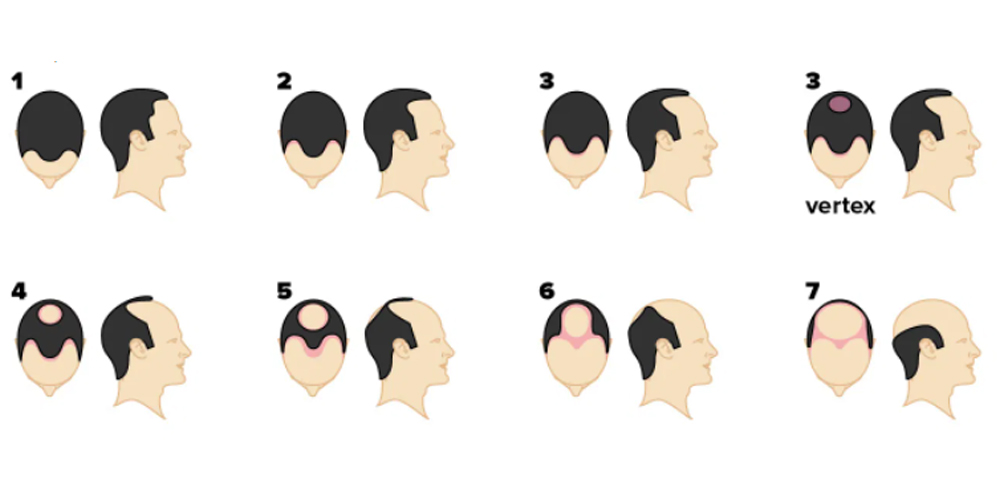
1.2. Clinic and Surgeon Expertise
Another critical determinant of FUE hair transplant costs is the reputation and expertise of the clinic and surgeon. Well-known clinics with highly skilled surgeons typically command higher fees due to their proven track records and advanced methodologies.
Choosing a reputable clinic can significantly influence your results. Surgeons with years of experience are usually adept at minimizing complications and optimizing aesthetic outcomes. When you invest in a skilled professional, you're not merely paying for the procedure; you're also investing in peace of mind. The assurance that your surgery will be performed by someone with vast knowledge and experience can often justify the added expense.
In addition, experienced clinics tend to employ state-of-the-art technologies and techniques, further enhancing the final results. Investing in both high-quality care and medical expertise can ultimately lead to long-term satisfaction with your hair restoration.
1.3. Graft Density
Graft density, which refers to the number of grafts implanted per square centimeter of scalp, is another aspect that can affect the overall cost of an FUE hair transplant. Higher density transplants generally yield more natural-looking results but come at a premium price.
Achieving optimal density requires particular skill from the surgeon, as improper placement can lead to unnatural appearances. Consequently, patients desiring lush, dense hair should anticipate paying more for this meticulous craftsmanship.
In addition to affecting costs, graft density can also impact recovery times and post-operative care. A denser implant may represent a more extensive procedure, leading to longer sessions in the surgical chair, extended healing periods, and increased follow-up appointments.
1.4. Type of Anesthesia
FUE hair transplants are primarily conducted under local anesthesia, allowing patients to remain awake during the procedure. However, some clinics offer additional options such as intravenous sedation or general anesthesia to enhance comfort levels. Opting for these alternatives can add to the overall cost.
While many individuals are perfectly comfortable receiving local anesthesia alone, others might seek a more sedative experience to alleviate any anxiety. The decision regarding anesthesia should be made after careful consideration and conversation with your surgeon, weighing both comfort and financial implications.
1.5. Post-Procedural Care
Post-operative care is a crucial component of the FUE hair transplant process and can accumulate additional expenses. Effective recovery involves medications, dressings, and follow-up consultations to ensure the transplanted hair follicles are healthy and growing appropriately.
Understanding ongoing costs should form part of your budgeting process when considering a hair transplant. Some clinics provide bundled packages that include post-operative care, while others may charge separately. It's imperative to clarify these details upfront so you aren’t caught off guard later.
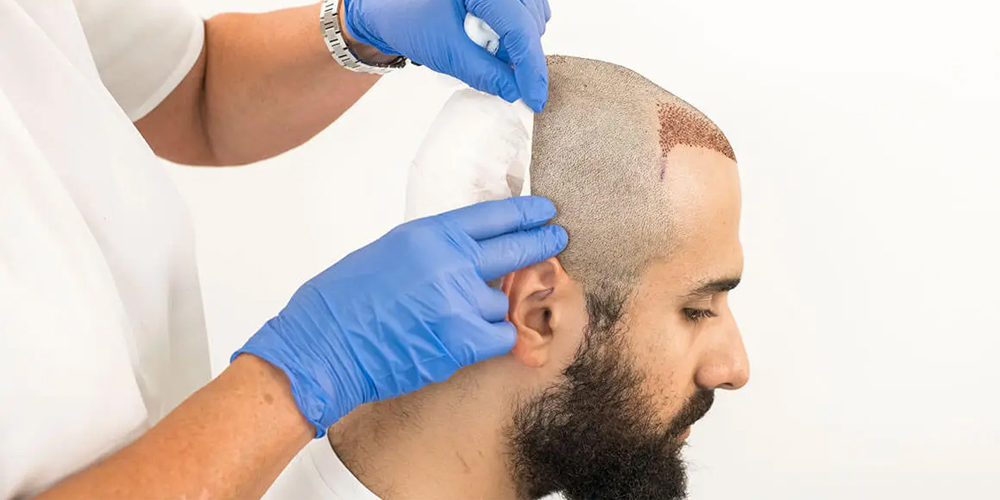
1.6. Additional Procedures
For some patients, an FUE hair transplant may not be the sole requirement. Individuals desiring fuller facial features may explore beard hair transplantation or eyebrow hair transplantation as complementary procedures. Incorporating these additions can inflate the total cost, so it's essential to assess whether they align with your budget and overall aesthetic goals.
1.7. Cost Breakdown: A Detailed Analysis
While the total cost of FUE hair transplant surgery varies, breaking down its components helps paint a clearer picture.
Understanding these components allows prospective patients to navigate potential financial implications better and plan accordingly.
1.8. Extraction of Donor Hair
The extraction process involves harvesting individual hair follicles from the donor area, commonly found at the back of the head. The time and resources required for this part of the procedure dramatically influence overall costs.
The more grafts needed, the greater the extraction time-which translates to higher fees. Specialized tools and techniques, such as automated FUE devices, can speed up this process but may also incur additional charges.
Most importantly, a skilled surgeon will ensure precision during extraction to minimize damage to surrounding follicles. This can result in a more successful procedure, ultimately impacting the final outcome and long-term satisfaction.
1.9. Implantation of Grafts
Once the grafts are extracted, they are meticulously implanted into the recipient area, typically the balding regions of the scalp. The complexity of this implantation process, informed by the surgeon's skill level and artistic eye, directly affects the final price.
Surgeons often utilize advanced techniques like “lateral slit” or “sapphire blade,” which promote a more natural hairline appearance. While these advanced methods may come with higher fees, the resulting aesthetic can be well worth the investment.
Additionally, the number of grafts implanted will play a crucial role here. Patients requiring a higher quantity of grafts can expect a proportional increase in costs, highlighting the importance of open dialogue about expectations during the consultation phase.
1.10. Anesthesia Costs
Anesthesia contributes to the overall cost in varying degrees. The choice between local anesthesia, intravenous sedation, or general anesthesia can alter the expense, as well as the type of monitoring required during the procedure.
Discussing the options available with your chosen clinic will help clarify what services are included in your quoted price. Make sure to express any concerns or preferences you may have regarding anesthesia to ensure optimal comfort throughout the surgical experience.
1.11. Post-Operative Care and Follow-Up
Post-transplant care is paramount for achieving the best possible results. Medications, dressings, and follow-up consultations are integral to ensuring effective healing and hair growth, which can contribute to additional expenses.
Communicating with your clinic about anticipated post-operative costs ensures you’re fully aware of what lies ahead. Some facilities offer comprehensive packages that include follow-ups and necessary medications, providing transparency in pricing and preventing unexpected charges.
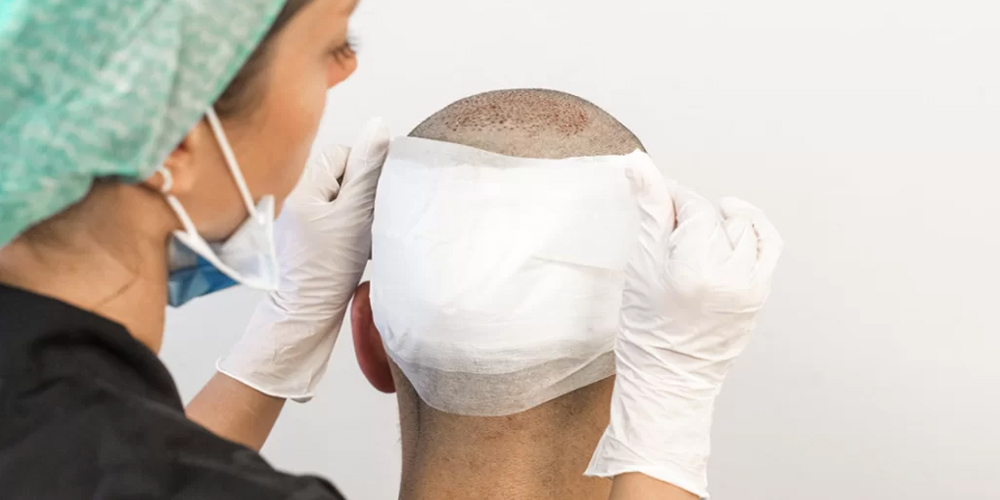
2. Considerations Before Deciding on an FUE Hair Transplant
Before committing to an FUE hair transplant, you should carefully weigh several factors that can influence both your experience and final results.
Making a well-informed decision requires a thoughtful approach grounded in personal circumstances, budget considerations, and research.
2.1. Budgeting for the Procedure
Determining a clear budget is paramount when considering an FUE hair transplant. Understanding your financial capacity will help you prioritize clinics that can meet your needs without causing undue strain.
Budgeting should also encompass potential ongoing costs associated with post-procedural care, as mentioned earlier. Building a comprehensive financial picture will allow you to manage expectations and navigate the treatment process with confidence.
2.2. Realistic Expectations
Setting realistic expectations is crucial when considering an FUE hair transplant. Not everyone is a suitable candidate for the procedure, and results can differ depending on various individual factors, including hair type, genetics, and health status.
Engaging in candid conversations with your surgeon during the consultation phase will allow you to gain insights into achievable outcomes. A knowledgeable surgeon will provide you with information regarding what you can realistically expect following the procedure, helping to minimize potential disappointment later on.
2.3. Research and Consultations
Thorough research is indispensable when selecting a clinic and surgeon for your FUE hair transplant. Take the time to read reviews, seek out testimonials, and scrutinize before-and-after photos to evaluate potential providers.
2.4. Choosing Reputable Clinics
Opting for reputable clinics with board-certified surgeons cannot be overstated. Such clinics typically employ advanced technologies and techniques, promoting safe and effective treatments.
Furthermore, engaging with clinics known for their commitment to patient-centric care will enrich your experience from start to finish. Prioritizing quality over mere affordability can result in meaningful differences in satisfaction and overall outcomes.
Conclusion
Embarking on an FUE hair transplant journey is a deeply personal decision requiring careful analysis of various influencing factors-including costs. Understanding how different elements contribute to the overall expense engenders confidence in managing both expectations and finances.
Being adequately prepared entails conducting thorough research, assessing your budget, and consulting with multiple clinics to find the right fit for your needs. Ultimately, by making informed choices and prioritizing quality care, you can significantly enhance your chances of achieving the desired, long-lasting results you'll cherish for years to come.
LATEST POSTS



